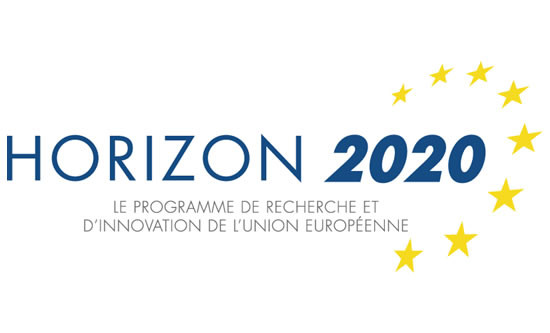The IRIS team focuses on the physiopathology of the ischemia-reperfusion syndromes in the heart, kidney and brain, by combining fundamental, translational and clinical approaches.
Our strategy relies on three main aims:
- Imaging of cell death and inflammation
- Molecular mechanisms of ischemia-reperfusion: calcium, metabolism
and inflammation - Molecular mechanisms & conditioning engineering of organ preservation
and biomarkers detection


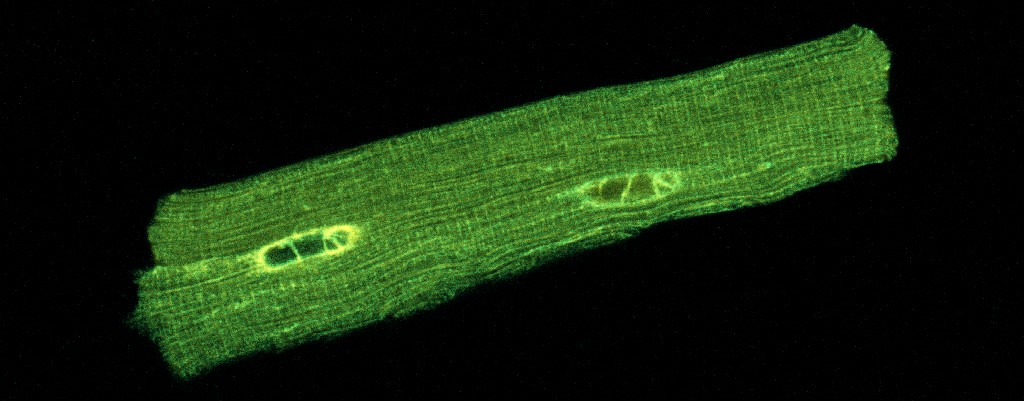

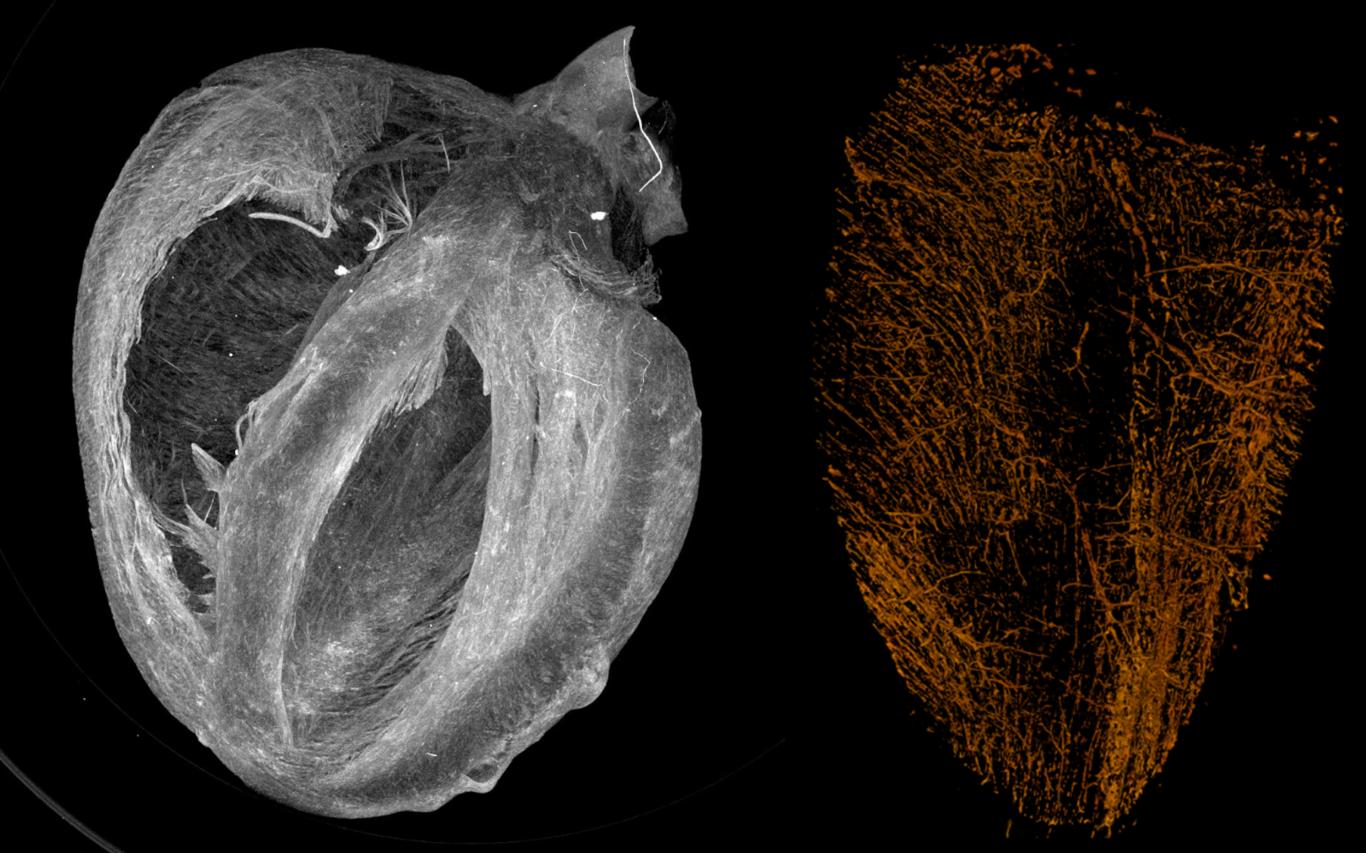
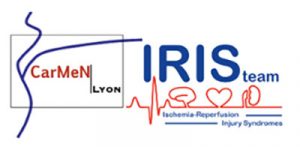
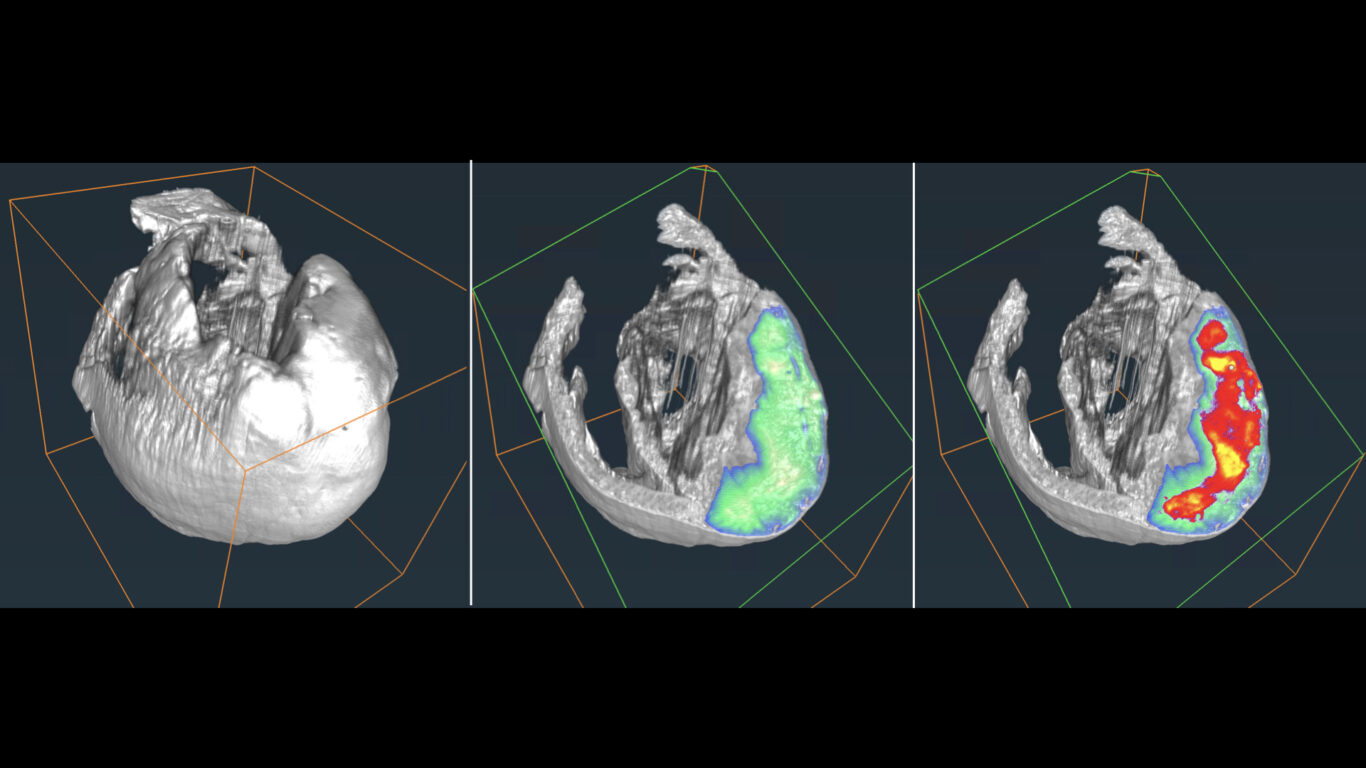

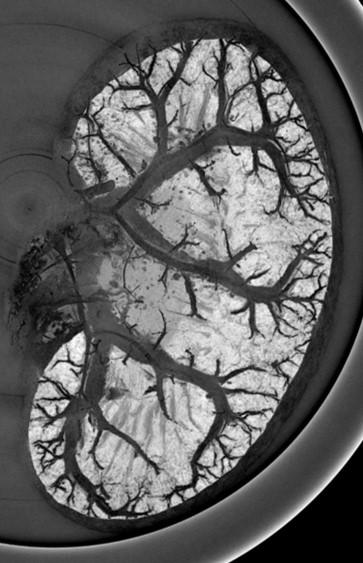
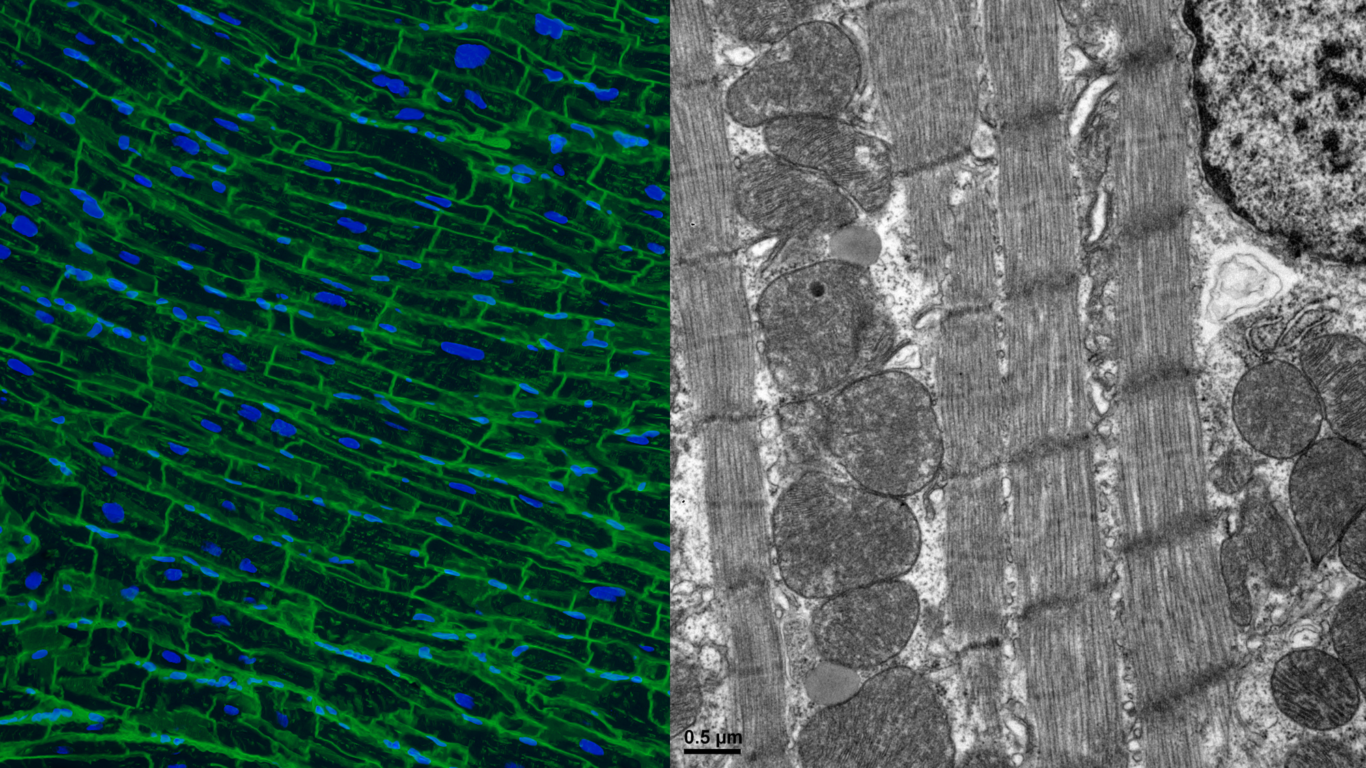
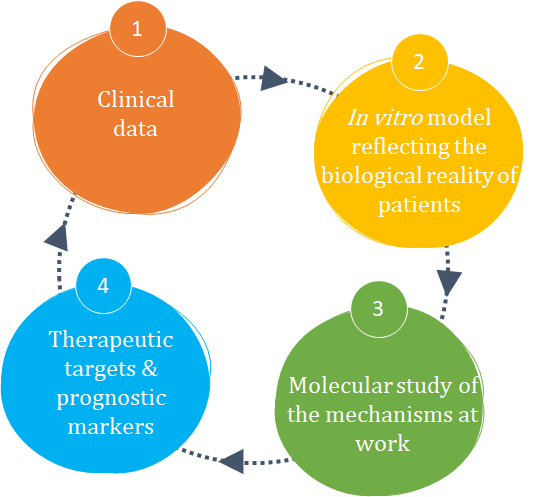 More recently, the second approach, termed “from patient to bench”, has been set up in the team. It aims to first exploit the biobanks (stocked in the Biological Resources Center Neurobiotech in Lyon) composed of tissue and blood samples from patients who underwent an ischemic event, and to identify new prognostic and diagnostic markers.
More recently, the second approach, termed “from patient to bench”, has been set up in the team. It aims to first exploit the biobanks (stocked in the Biological Resources Center Neurobiotech in Lyon) composed of tissue and blood samples from patients who underwent an ischemic event, and to identify new prognostic and diagnostic markers.

